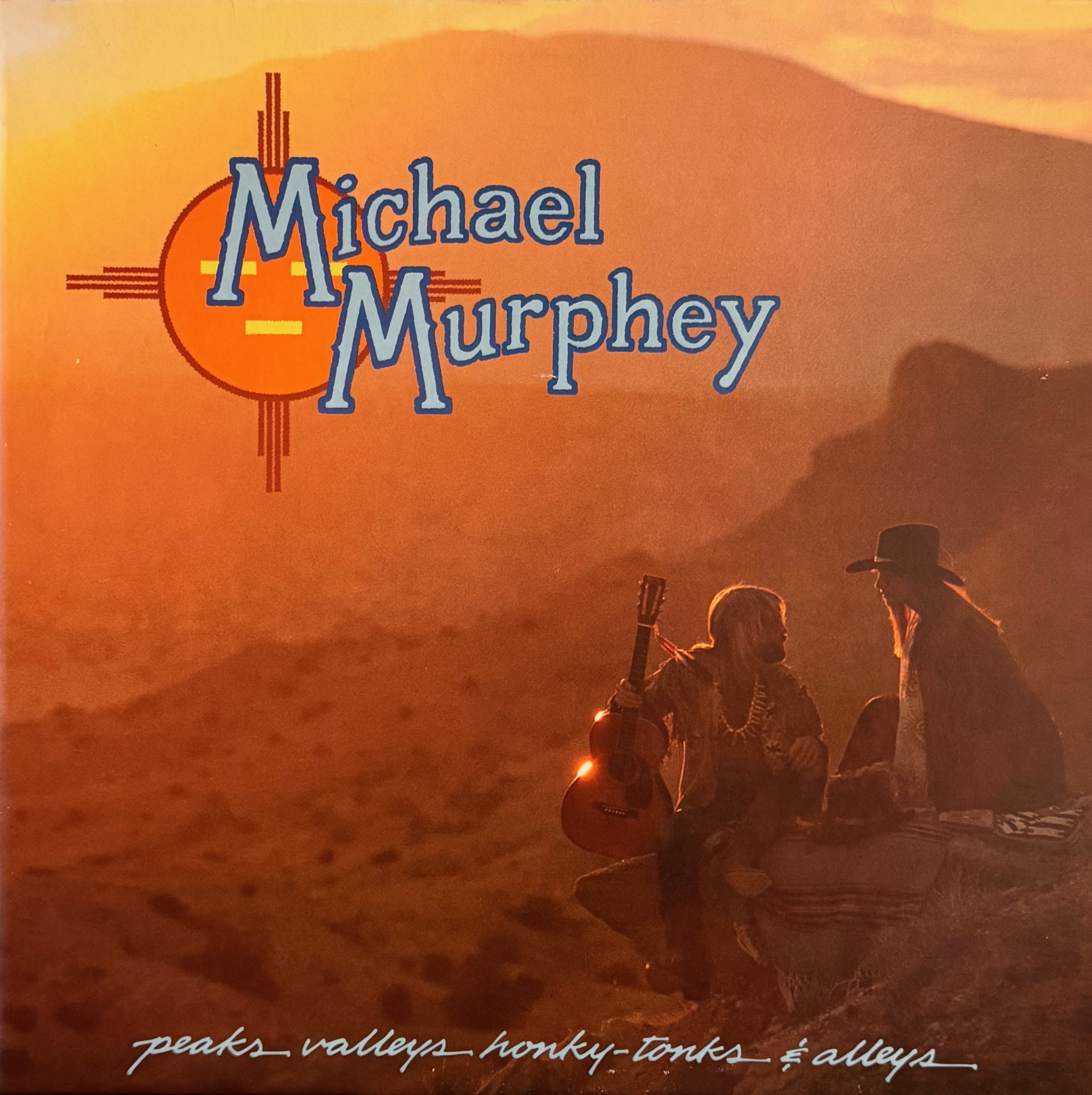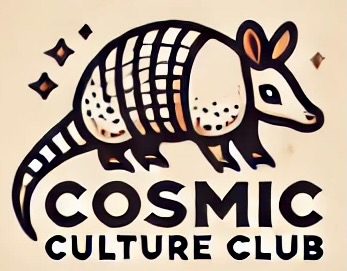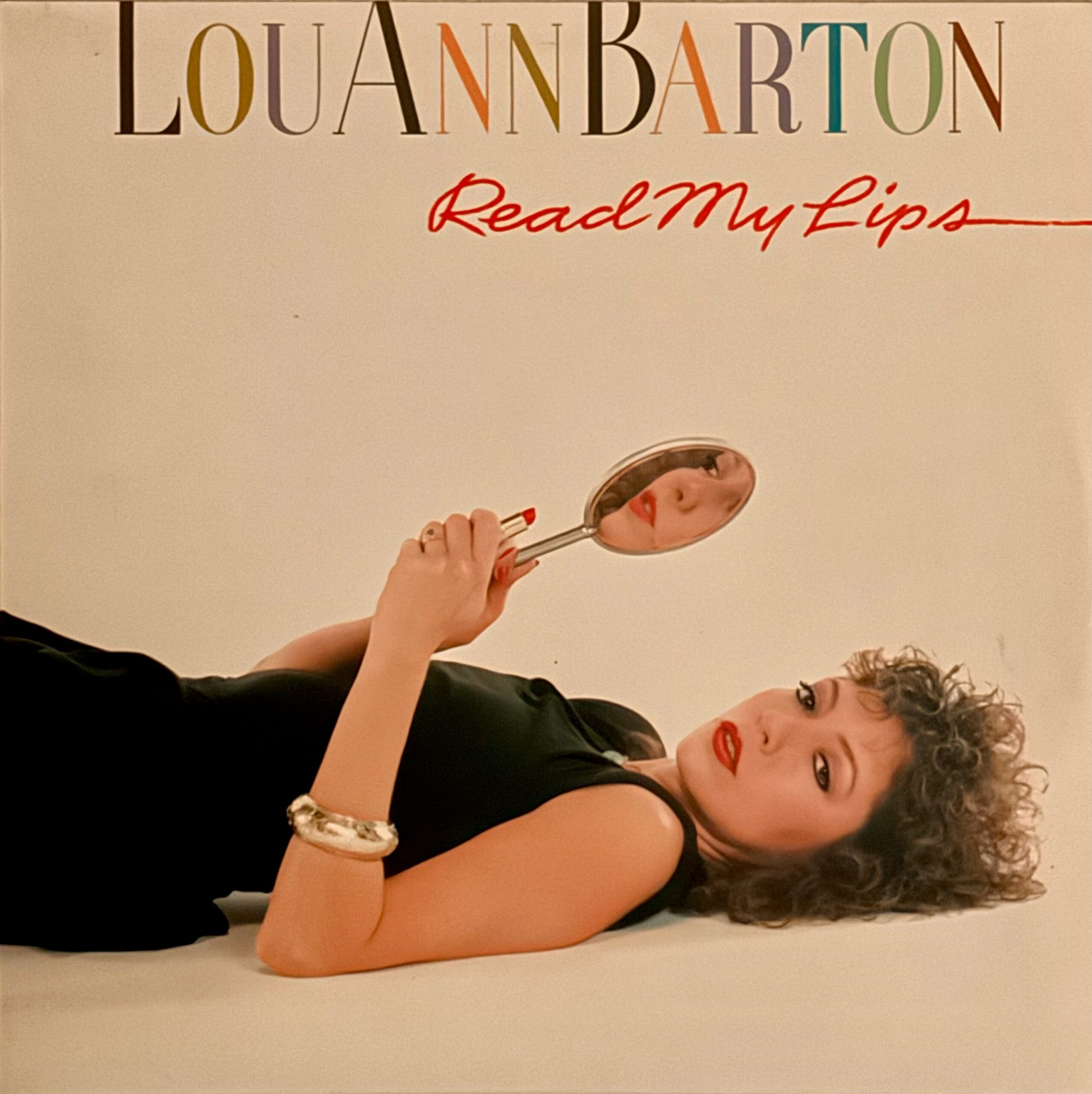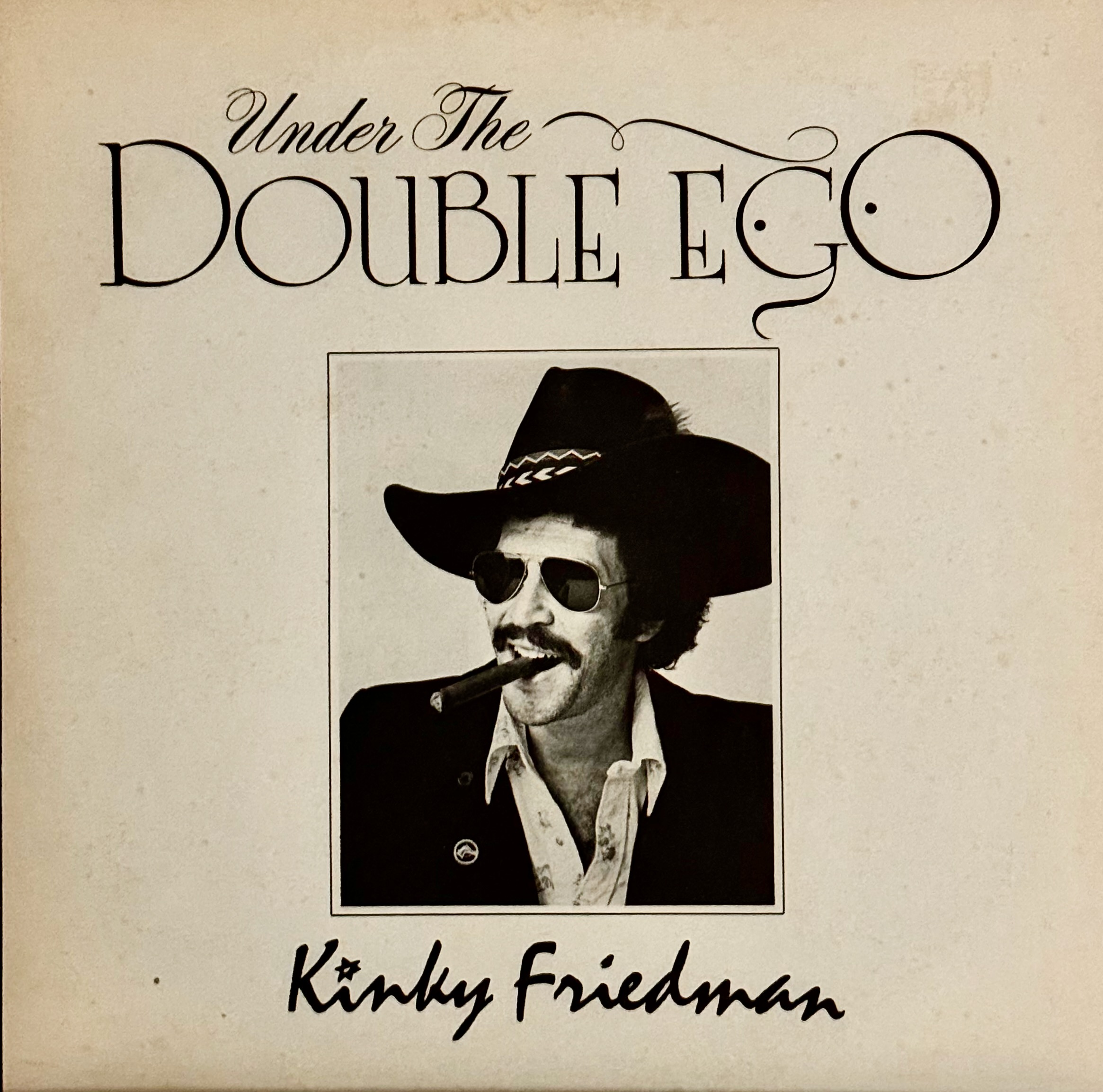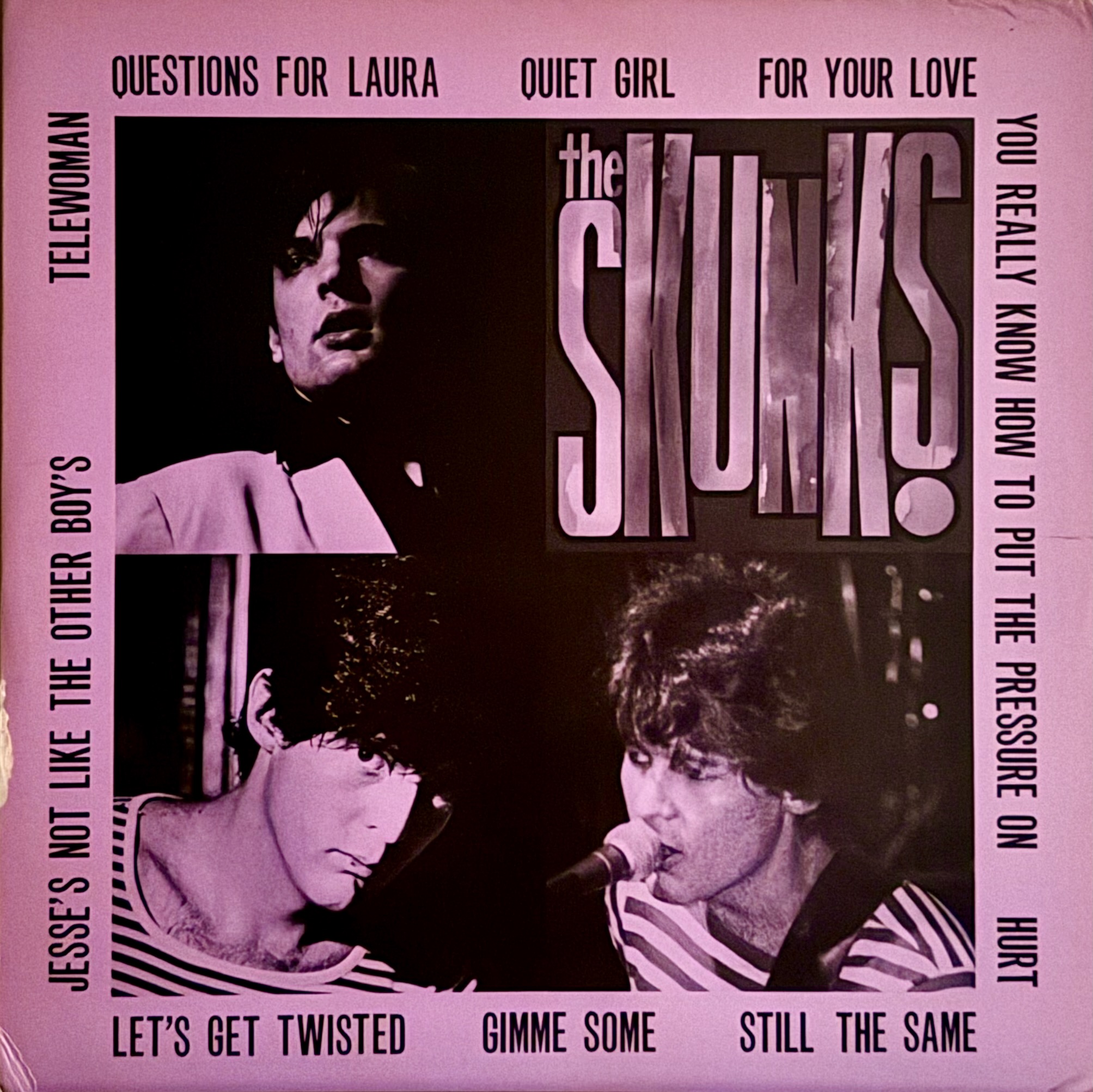Michael Murphey
Album: Peaks, Valleys, Honky-Tonks, and Alleys
Released: 1979
Throughout his musical career, Michael Murphey has two-stepped his way through various styles, including cosmic country, pop, traditional cowboy songs, and bluegrass. Peaks, Valleys, Honky-Tonks, and Alleys is a dichotomous album that splits its time between the first two styles. Side A was recorded live at the Palomino Club in Hollywood and is a collection of the foot-stompin’, hand-clappin’, fiddle-playin’ songs that were popular in Austin honky-tonks in the early seventies, while Side B is a studio recording that sounds more like Kenny Rogers than Waylon Jennings.
This enigmatic record is great for the collector who wants to quickly familiarize themselves with Murphey’s work. The live cuts on the first side are not only a run-through of greatest hits from his Austin years but also bring an energy that is sometimes lacking on a Michael Murphey studio album. The pace drops considerably on the second side, but the mellow music provides a gentle backdrop for Murphey’s vocals to carry the songs. It is representative of the style of music he would play throughout the next decade, and offers a hint of the talent that made him a successful cowboy crooner in the nineties. His rendition of Sam Cooke’s “Chain Gang” is a definite highlight.
Michael Murphey is no stranger to success. One of the first songs he wrote, “What Am I Doing Hangin’ Around,” was made popular by the Monkees and sold over five million copies on their hit album. He followed that by being one of the original long-haired country singers to migrate to Austin and credits himself with starting that trend. But outlaw country was a mile-marker for Murphey, not a destination. He didn’t follow the same path as his contemporaries like Willie Nelson, Ray Benson, and Doug Sahm but instead transitioned into a radio-friendly adult contemporary style. He continued to string together soft-pop hits throughout the eighties before evolving styles once again. In 1990, he released a collection of traditional songs that became the first album of cowboy music to be certified gold since Marty Robbins achieved it in 1959 with Gunfighter Ballads and Trail Songs.
Michael Murphey is a born Texan who attended the same high school in Fort Worth as Ray Wylie Hubbard, but Texas isn’t the only state that has a claim to him. He moved to California as a young man before moving to Austin for a relatively brief period of time. By the time Peaks, Valleys, Honky-Tonks, and Alleys was released, he was living in New Mexico, where he still resides. He claims “the West” more than he associates with any specific state and has dedicated himself to preserving the culture of the region. He didn’t advertise this as a transitional album, but it plays like one. It’s his eighth album and the last time he put the early seventies hits on wax, and it’s also the last album where he used the Michael Murphey moniker. On his future albums, he would choose to use the full name Michael Martin Murphey. The album is both a retrospective and a premonition, and it deserves a place in any Texas music collection.
Dagwaagin (Fall) Squash Shrub
Side A of Peaks, Valleys, Honky-Tonks, and Alleys closes with a rousing rendition of “Geronimo’s Cadillac.” This was the title track of his 1971 album and was written as a protest song that was an unofficial anthem for the Native American rights movement. This is a cause that Murphey strongly supports and has consistently promoted throughout his life. Murphey has supported Native rights through his music, while chef Sean Sherman, member of the Oglala Lakota Sioux tribe, utilizes Indigenous cuisine. A fall shrub from his signature restaurant is the perfect beverage to sip while contemplating the diversity of Murphey’s music.
The recipe comes from Owamni, a James Beard award winning restaurant in Minneapolis created by Sean Sherman. His mission is to revitalize Indigenous food systems and he uses the restaurant to showcase native North American ingredients. It is one component of his non-profit that is dedicated to addressing the economic and health crises affecting Native communities by re-establishing Native foodways.
Dagwaagin is pulled from the alcohol free cocktail menu and features fresh fall ingredients. Apple cider vinegar replaces a spirit to create a backbone for the drink and maple syrup provides a mellow sweetness. Any Fall squash will work, but butternut is readily available and is ideal for the recipe.
Recipe is for one gallon. It will keep in the refrigerator for about two months.
Ingredients
- 2 whole fall squash, peeled & shredded
- 2 pieces fresh ginger, about 2 1/2 inches x 1 inch, peeled and shredded
- 2 1/2 quarts maple syrup
- 1 cup water
- 1 tablespoon dried juniper berries
- 2 sprigs mint
- 2 1/2 cups apple cider vinegar
- Soda water
Directions
- Peel and shred the squash and ginger.
- Combine the squash, ginger, maple syrup, and juniper in a large pot. The squash should be just submerged with liquids.
- Simmer for half an hour. Add water as needed to maintain the original liquid level.
- Once the squash has broken down, continue to cook down until a loose syrup forms and it reduces to about a third of its starting volume.
- Add mint to a heat proof container and strain the hot syrup over the mint.
- Let cool, then steep in the fridge overnight.
- Add apple cider vinegar to syrup.
- Serve 2–3 ounces of shrub over ice. Top with soda water, adjusting to taste. Garnish with additional mint sprig.
